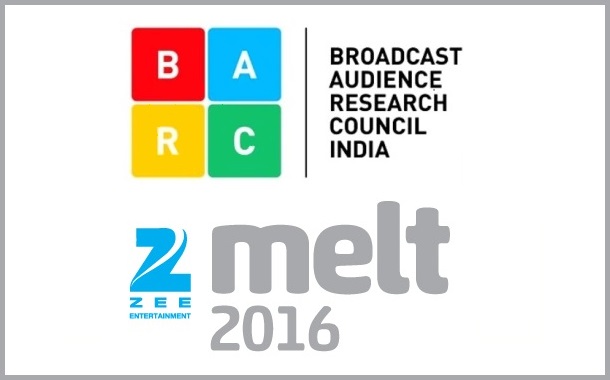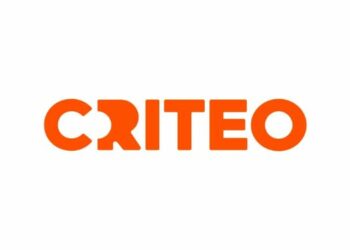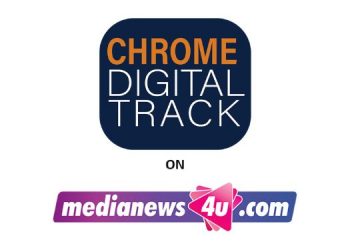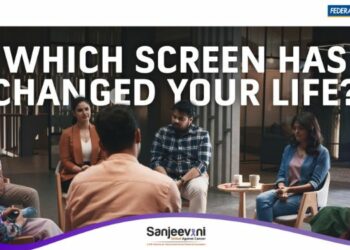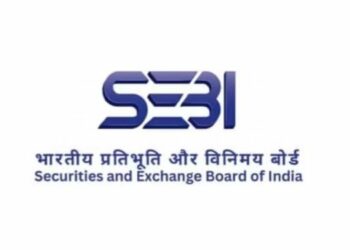Mumbai: After a successful partnership in the first edition of Zee MELT, BARC India pulled off an encore this year – with a packed session on ‘Understanding Viewability In Today’s Digital Era’. The session boasted of a high profile panel of speakers: Partho Dasgupta, CEO, BARC India, Brian Murphy, VP, Product Management, Integral Ad Science; Paul Goode, SVP, Strategic Partnerships, comScore and Guy Barbier, Business Lead of India, MOAT. The session was moderated by Senior Journalist Gurbir Singh.
Partho set the agenda for the discussion in his opening remarks by posing the key question: Why does viewability matter? He elaborated that statistics, even from relatively more mature markets, underscore the fact that “Served Ads do not mean Viewable Ads”. Partho elaborated that Viewability is a Digital advertising metric that aims to track impressions that are actually seen by users, and must satisfy certain agreed minimum requirements. He added that Digital Measurement is still evolving across the globe and it’s important for us in India to learn from global practices.
Guy said that for online advertising to be more effective, brand marketers need to have a consistent measure of success, for which agreeing on common ground on “Viewability” is crucial. Various markets are defining benchmarks for viewability, which often yield varying numbers. In the US, according to the MRC, both mobile and desktop ads are considered viewable if they occupy at least 50% of display space, and are displayed for 1 continuous second. For video, the corresponding threshold is 50% and 2 continuous seconds.
He emphasized that the right denominator for an online marketer should be attention, as there is a finite amount of time and limited opportunity, especially in mobile, for marketers to reach a targeted audience and have an impact. He also touched on the point that consumers are voting on user experiences by installing adblockers, and cited that over the last year and a half global ad-block users on desktop have gone up from about 180 mn to over 210 mn, sourced from KBN internet trends, and that consumers will respond to a better ad experience.”
Paul focussed on the lack of clarity in the advertising environment over time, which explains why verification has become such a hot topic and why the need for viewability and IVT protection is being felt. Earlier marketers chose traditional route of site specific buys: this gave clarity on audience and where the advertising ran, but also led to high amount of wastage. Now, buying is characterized by audience & behavioral targeting, which may reduce wastage, but opens up to lack of clarity on where the advertisement ran. Which is why Verification is critical in understanding where the ad impression is actually delivered, and therefore in restoring trust in digital advertising. Paul reiterated the point made earlier by Partho that without proven Viewability, invalid traffic can wreak havoc on campaign performance. He also added that the digital viewability standards have to match up with other mediums to ensure fair comparison.
According to Brian, higher viewability benefits publishers in the medium to long term. But for that to happen, there is an urgent need to build viewability standards which required setting up a baseline, customization of ads and cross-channel measurement. He agreed with the panel that there are immense benefits of higher viewability. He said, “Viewability leads to more efficiency and less wastage, reach and frequency clarity and better ROI analysis.”

